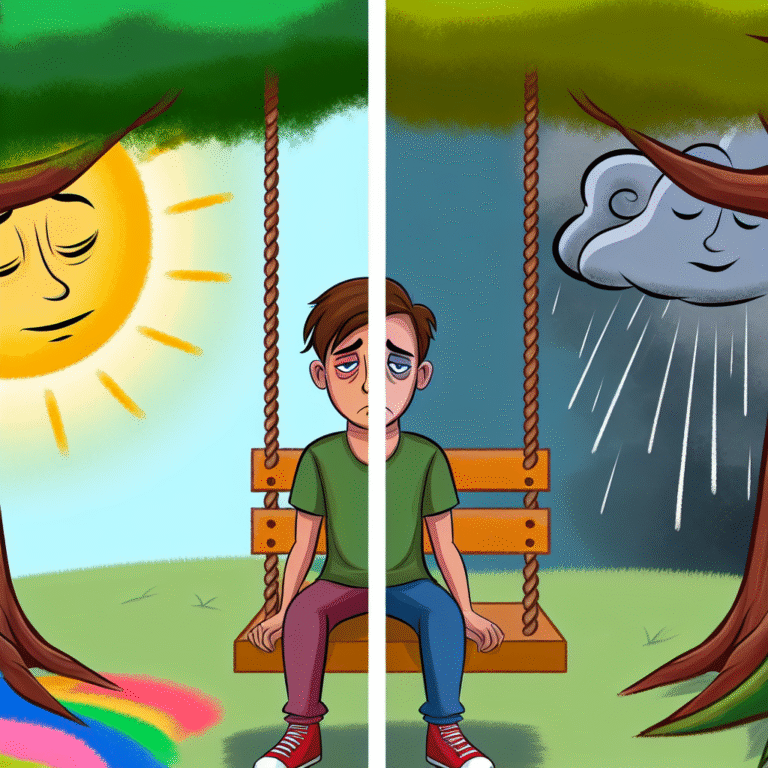
Overcoming Sleepless Nights: The Proven Power of CBT in Conquering Insomnia
Introduction
Imagine lying in bed, staring at the ceiling, with a mind racing through endless to-do lists, worries about the future, and memories you wish to forget. For millions, this scenario is more than just a passing discomfort; it’s a nightly reality. The struggle with sleepless nights is not just about the hours lost; it can affect mood, productivity, and even physical health. Thankfully, there’s a beacon of hope: Cognitive Behavioral Therapy (CBT). In this article, we delve deeply into Overcoming Sleepless Nights: The Power of CBT in Conquering Insomnia, offering insightful strategies, real-world case studies, and actionable steps to finally take back control of your sleep.
Understanding Insomnia
What is Insomnia?
Insomnia is a sleep disorder characterized by difficulty in falling asleep, staying asleep, or waking up too early and not being able to go back to sleep. According to the American Academy of Sleep Medicine, about 30% of adults experience short-term insomnia, while 10% suffer from chronic insomnia.
Types of Insomnia
- Acute Insomnia: Short-term, often linked to stress or life events.
- Chronic Insomnia: Long-term, usually lasting for a month or longer.
- Comorbid Insomnia: Associated with other medical conditions, such as anxiety or depression.
Understanding the type of insomnia you are facing is crucial for Overcoming Sleepless Nights: The Power of CBT in Conquering Insomnia using the right strategies.
The Science Behind Sleep
Before delving into CBT’s role, let’s touch on why sleep is essential. During sleep, our bodies undergo multiple restorative processes. Lack of sleep can lead to serious long-term issues, including obesity, diabetes, cardiovascular diseases, and mental health issues. Understanding the importance of sleep serves as both a motivation and a backdrop for exploring effective treatments.
The Role of CBT in Conquering Insomnia
What is Cognitive Behavioral Therapy?
Cognitive Behavioral Therapy is a structured, time-limited approach that addresses the interplay between thoughts, feelings, and behaviors. For insomnia, it focuses on changing negative thoughts and behaviors that contribute to sleep loss.
Why CBT Works
- Challenge Negative Thoughts: CBT helps identify and confront harmful thought patterns that contribute to insomnia.
- Behavioral Modifications: Establishing healthier sleep habits and routines is a principal aim of CBT.
- Coping Mechanisms: It equips individuals with tools to manage stress and anxiety.
Case Studies
Case Study 1: Sarah’s Turnaround
Background: Sarah, a 34-year-old marketing manager, struggled with insomnia for over two years, leading to anxiety and decreased job performance.
Application of CBT: Through CBT, Sarah learned to recognize her anxiety triggers and implement relaxation techniques before bedtime.
Outcome: After eight weeks, Sarah reported a significant improvement in her sleep quality, allowing her to regain confidence at work. Her story illustrates the efficiency of CBT and its role in Overcoming Sleepless Nights.
Case Study 2: Mike’s Journey
Background: Mike, a 50-year-old accountant, had chronic insomnia due to job stress.
Application of CBT: He participated in a group CBT program, which facilitated peer interaction and accountability. Learning to restructure his thinking about sleep was key.
Outcome: A few months later, Mike found himself sleeping soundly through the night and noted that his stress levels at work had decreased significantly.
Strategies for CBT Success in Sleep
Identifying Negative Thoughts
- Journaling: Keep a sleep diary to log hours slept and identify patterns or triggers.
- Thought Records: Write down negative thoughts about sleep and replace them with positive affirmations.
Behavioral Techniques
Stimulus Control Therapy: Use your bed only for sleep and intimate activities to strengthen the mental association.
Activity Do (Time) Don’t (Time) Get in bed Only when sleepy When anxious Reading Before bed In bed Screen time Not allowed After 7 PM - Sleep Restriction Therapy: Limit time in bed to the actual amount of sleep you are getting to create a sleep debt initially, then gradually increase.
Relaxation Techniques
- Progressive Muscle Relaxation: Tense and relax each muscle group systematically.
- Mindfulness Meditation: Focus on the present moment without judgment to ease anxiety.
Creating a Sleep-Friendly Environment
Ideal Sleep Conditions
- Comfortable Bedding: Invest in a quality mattress and pillows.
- Optimal Temperature: Keep the room cool, usually between 60-67°F (15-19°C).
- Darkness: Use blackout curtains to block light.
- Noise Control: Consider white noise machines for a consistent auditory environment.
Common Misconceptions About CBT for Insomnia
- It’s Just About Sleep Restriction: Many only see sleep restriction as the sole method, missing the broader cognitive strategies.
- It Requires Long-term Commitment: While CBT can be delivered long-term, many strategies show effects within weeks.
Conclusion
Overcoming sleepless nights is not merely about counting sheep; it requires a comprehensive approach that addresses underlying thoughts and patterns. Overcoming Sleepless Nights: The Power of CBT in Conquering Insomnia offers a scientific, holistic solution for restoring your rest. By understanding insomnia, implementing CBT techniques, and creating a conducive sleep environment, you can reclaim the restful nights you deserve.
Key Takeaway: Remember, sleep is not a luxury—it’s a necessity. Take that first step towards conquering insomnia today.
FAQs
1. How quickly can I expect results from CBT for insomnia?
Results vary by individual, but many report improvements within a few weeks of consistent practice.
2. Is CBT effective for everyone with insomnia?
While CBT is highly effective for many, some may require additional treatments. Consulting a healthcare provider is recommended.
3. Can I practice CBT techniques on my own?
Yes, many CBT techniques can be practiced independently, but working with a trained therapist can provide additional support and personalization.
4. Are there any side effects from CBT?
CBT is generally safe and has no physical side effects. However, individuals may initially feel discomfort when confronting negative thoughts.
5. How can I maintain improvements made through CBT?
Continuously practicing techniques learned during therapy and maintaining a consistent sleep schedule helps sustain improvements over time.
By understanding and applying the principles in Overcoming Sleepless Nights: The Power of CBT in Conquering Insomnia, you empower yourself with the tools necessary for a healthier, more restful sleep.















